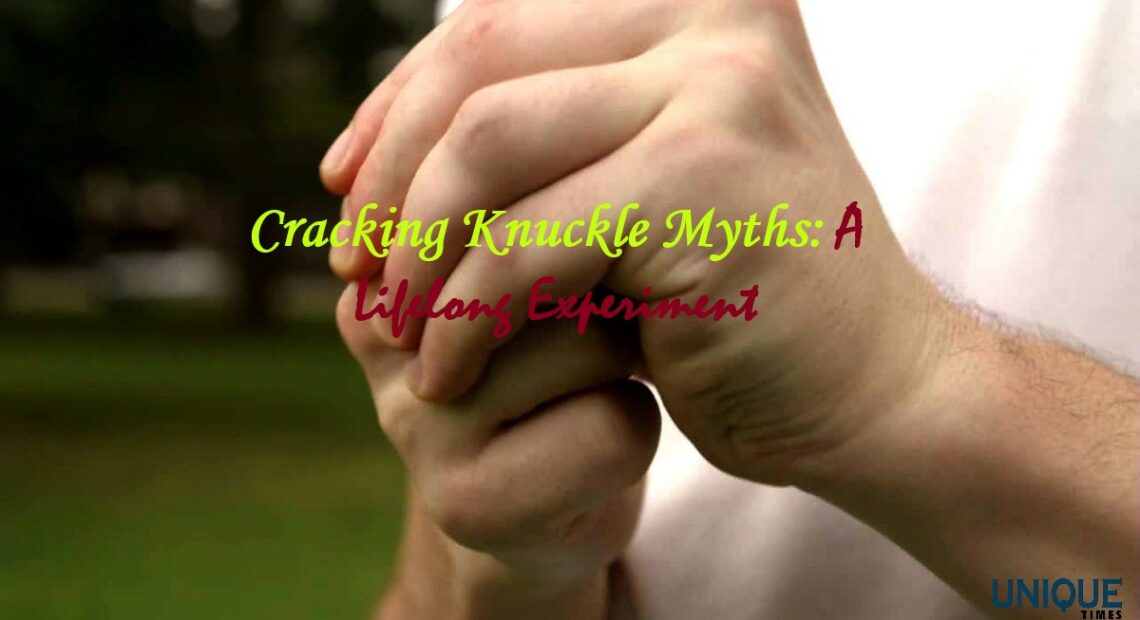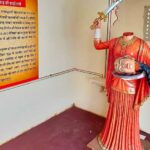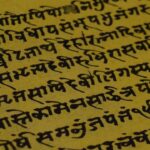Popping the Myth: The Scientist Who Defied Knuckle-Cracking’s Arthritis Myth

For decades, the act of knuckle-cracking has been accompanied by warnings of potential harm, particularly the development of arthritis. However, one scientist took it upon himself to challenge this prevailing belief. Over the course of more than 50 years, he engaged in a unique experiment – cracking the knuckles of one hand while leaving the other untouched. In this blog, we delve into the intriguing story of this scientific journey, shedding light on the truth behind knuckle-cracking and its impact on our joints.
Knuckle-Cracking: A Pervasive Myth
The notion that knuckle-cracking leads to arthritis has been deeply ingrained in popular perception. From concerned parents to skeptical onlookers, warnings about the potential joint damage caused by this habit have been widespread.
The Scientist’s Bold Experiment
Dr. Donald Unger, a Californian physician, embarked on a personal experiment to challenge the prevailing belief. Armed with determination and a scientific curiosity, he committed to cracking the knuckles of his left hand while leaving his right hand untouched – a distinctive experiment that spanned decades.
The Unveiling of Truth: A Lifelong Observation
Dr. Unger’s self-imposed experiment became a lifelong endeavor. Over the course of more than 50 years, he meticulously observed and documented the condition of both his hands, tracking any signs of arthritis or joint issues.
The Surprising Outcome: No Arthritis
As the years went by, Dr. Unger’s dedication yielded surprising results. Despite decades of knuckle-cracking on his left hand, no signs of arthritis or joint problems emerged. The experiment challenged the widely held belief and sparked intrigue in the medical community.
Dispelling the Myth: The Scientific Community’s Response
Dr. Unger’s experiment, though not conducted in a controlled clinical setting, raised important questions about the correlation between knuckle-cracking and arthritis. His findings were embraced by some in the scientific community as evidence that the habit might not be as harmful as once thought.
Understanding Knuckle-Cracking
While Dr. Unger’s experiment challenges the arthritis myth, the act of knuckle-cracking is not entirely without consequences. The sound is produced when gas bubbles in the synovial fluid – the liquid that lubricates joints – burst. Repeated cracking could potentially irritate the joint, although this irritation doesn’t appear to lead to arthritis.
The Legacy of Curiosity
Dr. Unger’s unique experiment stands as a testament to the power of curiosity and the willingness to question prevailing beliefs. His commitment to empirical observation ignited a conversation about knuckle-cracking’s true effects, inspiring researchers to delve deeper into the science behind joint health.
Conclusion
Dr. Donald Unger’s knuckle-cracking experiment serves as a reminder that the pursuit of knowledge often involves challenging long-held beliefs. While his findings suggest that the link between knuckle-cracking and arthritis is tenuous, they also remind us of the complexity of human physiology. As we navigate the landscape of health and well-being, let us approach prevailing myths with skepticism and curiosity, always seeking the truth that lies beneath the surface.
Picture Courtesy: Google/images are subject to copyright








